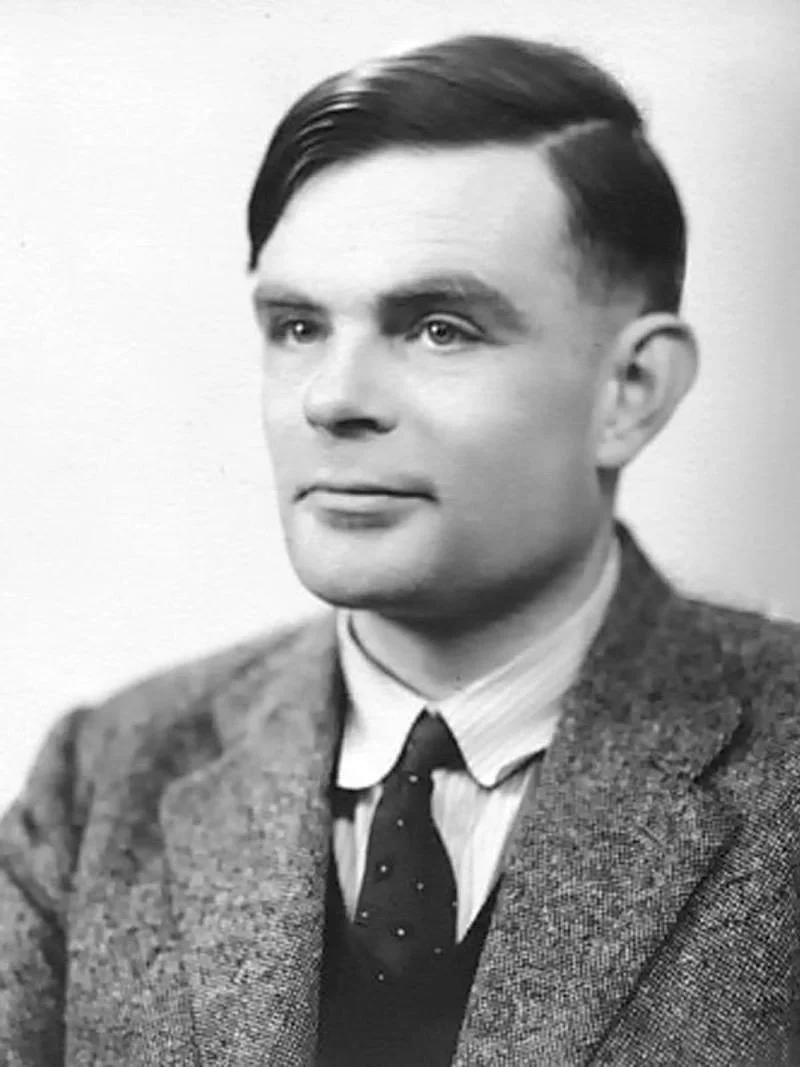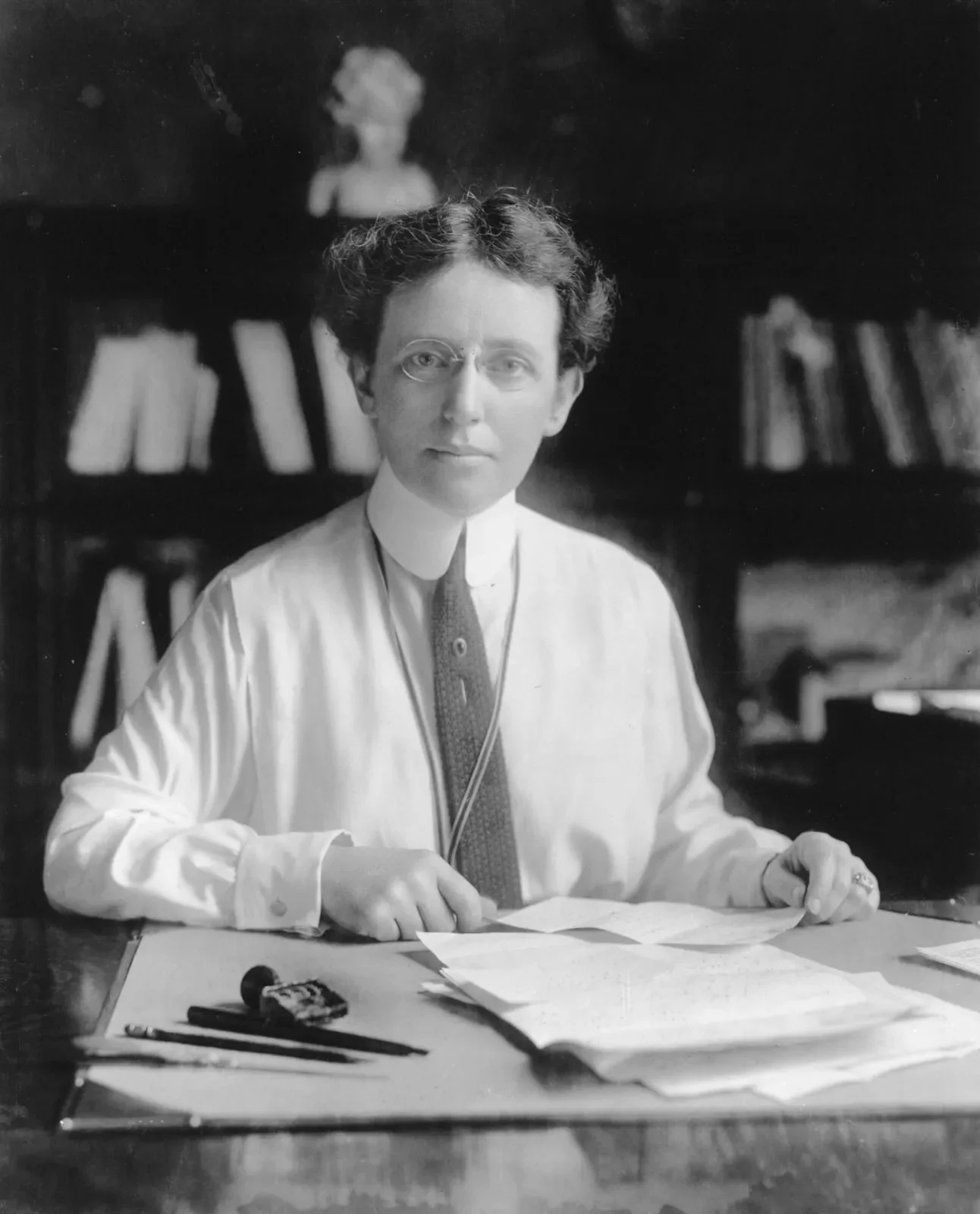Reclaiming Queer Histories in Science: Why Visibility Matters
Written by Dr Jack Hanna, February 2025
LGBTQ+ History Month offers an opportunity to reflect on the often overlooked contributions of queer individuals in science. Alan Turing is one of the few well-known examples— with his scientific legacy intertwined with the persecution he faced for his homosexuality. His story however contrasts a broader reality: for much of history, queer scientists have navigated their careers in secrecy, with their identities erased from discussions of their life and scientific contributions. As we mark this month, it is worth considering how historic visibility shapes not only who enters the field, but also how science and its contributors are remembered.
We have made great progress in highlighting the scientific achievements of historically marginalised groups. In particular, this has been effective at shifting the current and historical perspective of female scientists and it should form a significant part of continued work promoting gender equality. For some oppressed groups however, their ability to contribute came with the cost of remaining closeted. It can be difficult therefore to correctly attribute discoveries or breakthroughs as those coming from queer people. Many queer scientists made groundbreaking contributions in a time when they could not publicly acknowledge their queerness.
Publicly acknowledgment would have been profoundly detrimental to their career, such that we may not be able to discuss their contributions at all. Not only was their social and professional reputation on the line, many queer people had to worry about the criminality of their actions, with the life of Alan Turing being a tragic example of exactly this.
A scientist and doctor often celebrated during LGBTQ+ history month is Sara Josphine Baker. She led an exciting and decorated career in the late 19th and early 20th century, transforming how we view preventative medicine in children. Her early career as a doctor revealed first hand, the challenging situations into which many children were born. In her autobiography, Fighting for Life, she recalls punching an abusive Boston husband down a flight of stairs so she could safely deliver his pregnant wife’s baby. Her involvement in unconventional birthing plans like these revealed to her the unimaginable difficulties faced by young children in New York.
When she became a doctor in the 1890’s, 1/3 of children in New York did not make it to their 5th birthday. Diarrhoeal and respiratory diseases ran rampant throughout the cramped and dirty conditions many New Yorkers occupied. She would later become the first Director of the Bureau of Child Hygiene, where her pioneering preventative measures were implemented. Baker believed that children wouldn’t die of these diseases if they didn’t contract them, a quite radical approach at the time. Baker’s bureau focused on educating mothers on the importance of breastfeeding their children over giving them unpasteurised cow’s milk. She also helped develop an improved baby formula and set up stations were clean milk was given to new mothers. Little Mothers' Leagues were also implemented to teach young girls how to care for children, addressing the difficult reality of young girls raising their infant siblings. She also helped develop sterile beeswax capsules for silver nitrate, a treatment applied to the eyes of newborns to prevent blindness caused by congenital gonorrhoea infections
These measures had a colossally positive impact on the infant mortality and blindness rates in New York City and after World War I, her ideas were internationally implemented. She noted herself that even in 1939 these ideas seemed somewhat obvious, “Healthy people didn’t die”. It’s hard to imagine a world where this thought is the catalyst for a public health revolution, but perhaps the most impactful scientific discoveries are those that become so pervasive that the idea of a world without them seems alien and frankly comedic.
Along with her contributions to science and medicine, she is also recognised in February for her presumed queerness. After saving tens of thousands of children’s lives, she spent many years living with her domestic partner, writer Ida Alexa Ross Wylie. Wylie was somewhat more open about her identity, reportedly describing herself as a “woman-oriented woman,” but the nature of their relationship remains open to modern interpretation. Neither openly acknowledged their partnership, and Baker never publicly commented on her sexuality. Her queerness is largely inferred from her association with Wylie and the feminist group Heterodoxy, which included several queer women among its members.
So, how do we respectfully regard scientists who are retrospectively viewed as queer despite never openly acknowledging it? Is it right to describe them as queer and claim their contributions as those of queer scientists? They never publicly defined their identities, but it’s important to recognise that they were also never given a consequence-free opportunity to do so. Perhaps not discussing their queerness at all risks erasing an important part of their story.
While we may never know how Baker would have defined herself today, her life and relationships reflect the quiet realities of many queer people in history—those who lived authentically within the constraints of their time. Acknowledging these stories is not about imposing modern labels but about recognizing that queer people have always been part of science and medicine, even when they could not be open about it.
Visibility is about showing us where we belong, who we can be, and what people like us can achieve. For many queer people, myself included, our belonging in science is often taken for granted. Shared traits and behaviours from peers and superiors instil a confidence that our presence is unquestionably accepted. But this experience is not universal. By highlighting these histories, we foster a culture of inclusion—one that ensures queer scientists, both present and future, see themselves reflected in the field and know that they, too, belong.
To read about inspiring modern queer scientists using their visibility, please see https://500queerscientists.com/ and https://prideinstem.org/



